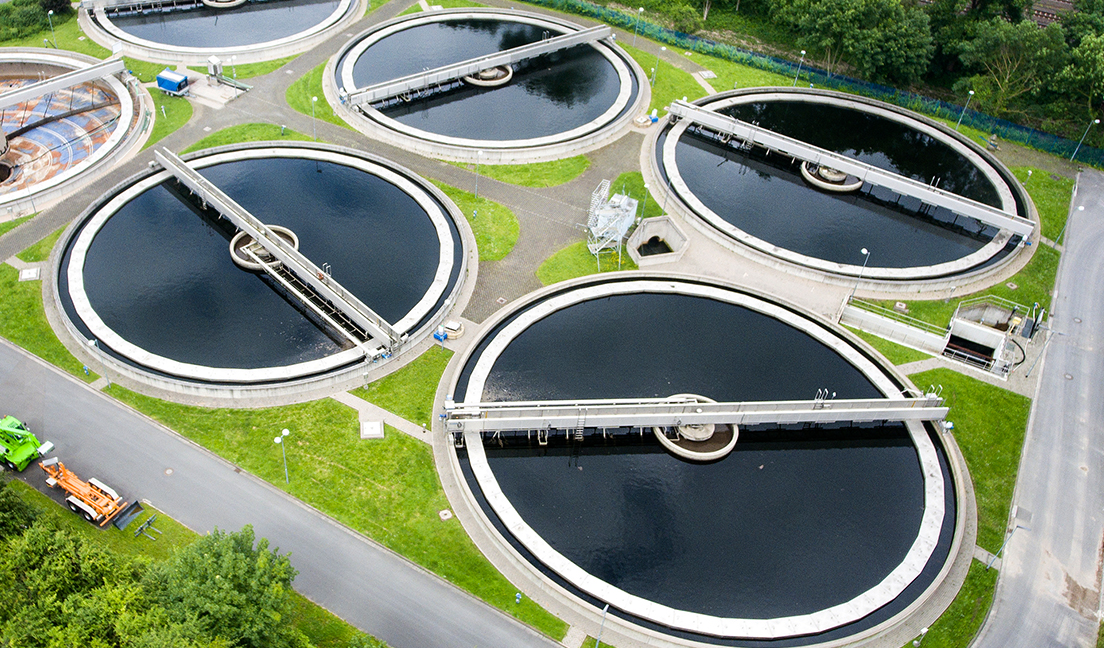When wastewater treatment plants are faced with needing to manage more throughput or improve their effluent quality, increasing the facility’s footprint to install additional systems is often not always a viable option. Here, Simon Radford, UK Sales Manager, Evoqua Water Technologies, explores how plants can utilise existing assets.
The reality of getting more for less is something we’re all conditioned to doubt. Surely, it’s too good to be true? But when it comes to wastewater treatment plants, it is possible to increase treatment capacity and improve effluent quality without significantly increasing the plant’s overall footprint.
Today, one of the primary reasons for a treatment plant needing to upgrade its systems is to cope with an increase in population, and, therefore, the amount of waste needing to be treated. Many plants also need to improve process to achieve tight nutrient limits, such as those that control phosphorus reduction. The agreed technically achievable phosphorus limits (TAL) for the UK are set at 0.25mgP/l for AMP7[1] and for most plants this requires additional treatment.
However, we know that many plants face tight budgets or existing space restrictions, with many tackling both challenges. While any upgrade to a facility comes at a price for the additional technology, if that system requires additional large civil tanks to be built, the cost for civil engineering work can simply make the project unaffordable. Furthermore, in the case of a treatment plant surrounded by existing infrastructure, expanding a site’s footprint is not always an option due to limited space available.
The answer is to innovate and utilise existing plant assets more effectively, in this case the treatment tanks. The technology is available to make this happen in the shape of our BioMag® system, which has been successfully saving plants across the globe from having to extend their assets. It works using magnetite –inert, iron ore particles – to enhance the existing activated sludge process and can be simply integrated into an existing process.
Crucially, as well as increasing throughput, the BioMag system also improves effluent quality. This means that plants don’t need to use a further tertiary treatment step, which reduces the overall cost of adding in an additional stage of the process.
One example of this solution in practice is at Severn Trent’s (Rugby) facility. The BioMag system was selected as an alternative to adding more final settling tanks when the plant was faced with needing to increase its treatment capacity to work with a predicted increase in flow of 25%, as well as a tighter effluent consent.
Less can certainly give you more when it comes to wastewater treatment. Plant operators can achieve desired outcomes for expanding operations and improving effluent quality for sites that have footprint and budget constraints by utilising existing assets. Now is the time to ask the technology experts how they can help you.

Connect with Simon Radford on LinkedIn.
[1] Environment Agency, Phosphorus and Freshwater Eutrophication Pressure Narrative. UK, October 2019
